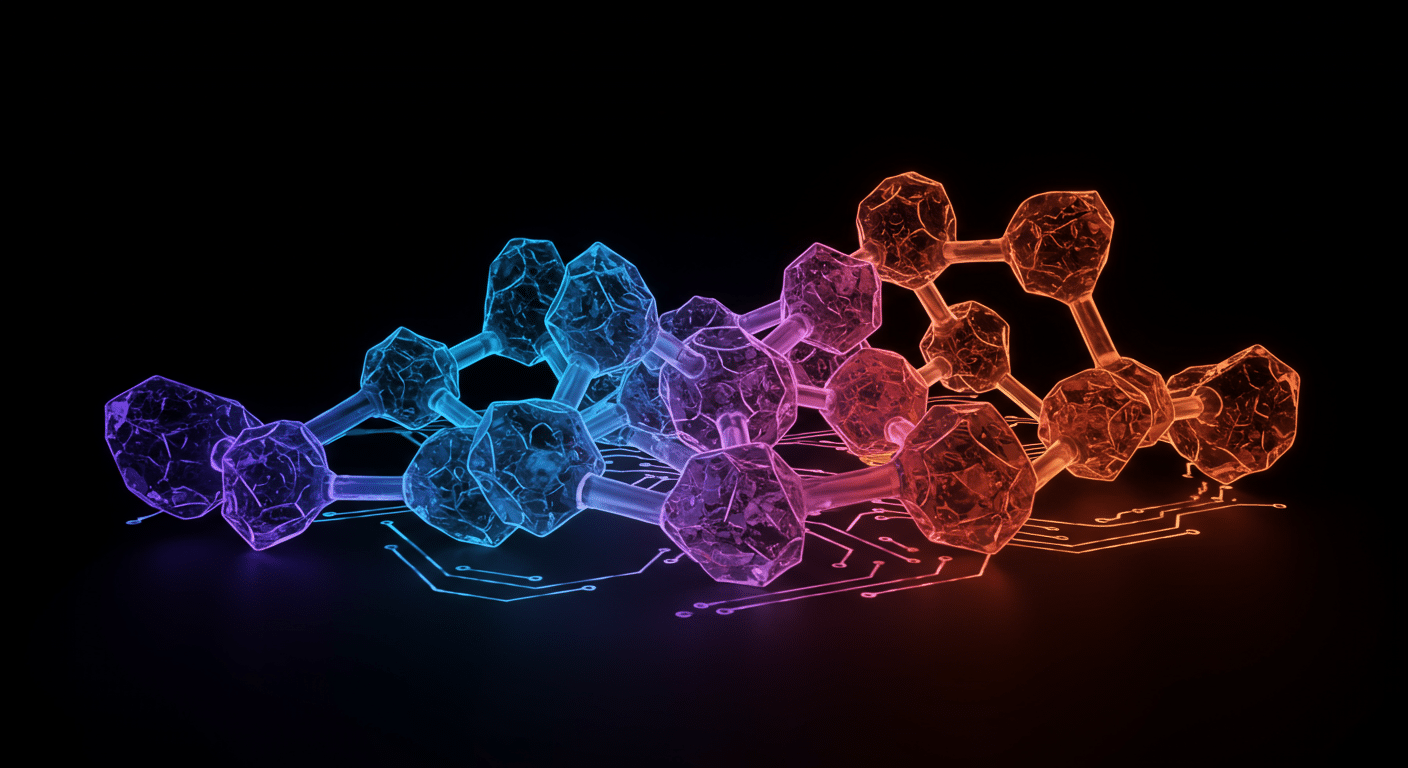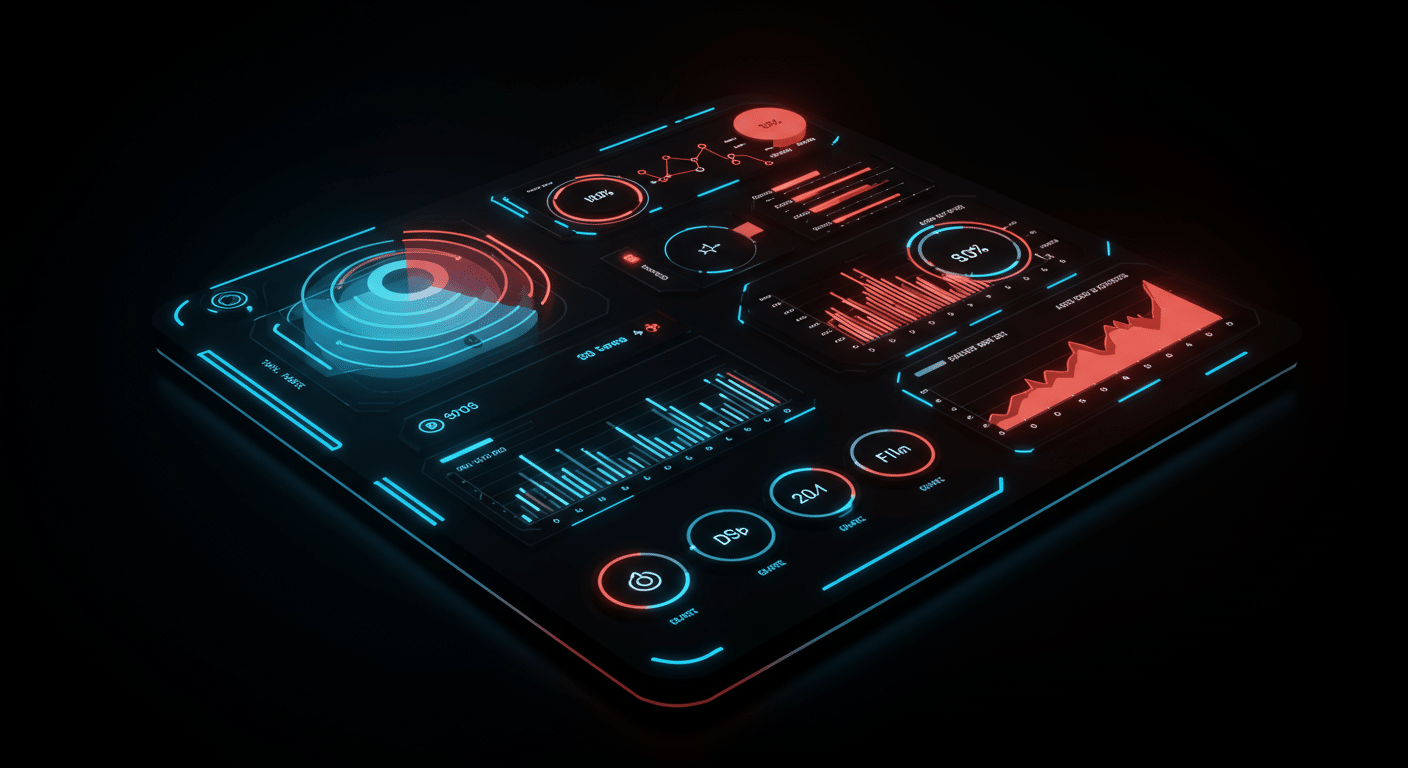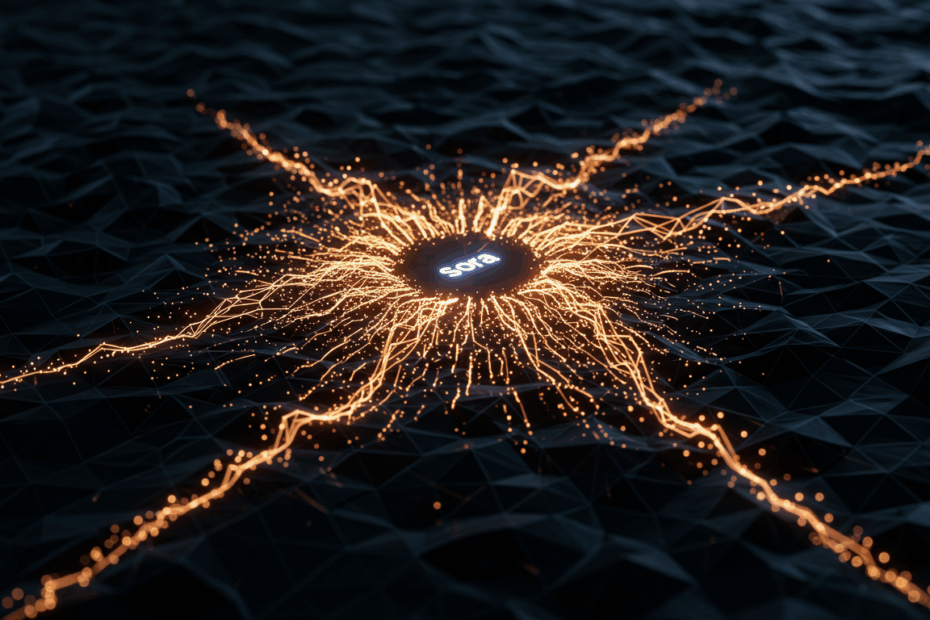
1. Basic Info
John: Hey Lila, let’s dive into Sora, OpenAI’s video generation model. It’s basically an AI tool that turns text descriptions into short videos. Imagine typing something like “a cat dancing in a rainy city” and getting a realistic video clip out of it. From what I’ve seen in recent posts on X from AI enthusiasts, Sora is getting a lot of buzz for making video creation accessible to everyone, not just pros.
Lila: That sounds amazing! So, what problem does it solve? Like, why do we need this?
John: Great question. In the past, creating videos required expensive equipment, software, and skills. Sora solves that by letting anyone generate high-quality videos from simple prompts. It’s unique because it understands complex scenes, emotions, and even physics, based on trusted sources like OpenAI’s official site. Posts on X highlight how it can create up to 60-second clips with detailed backgrounds and multiple characters.
Lila: Wow, unique indeed. Does it work with just text, or can you add images too?
John: It starts with text but can also take images or videos as inputs to remix or extend them. This makes it stand out, as per insights from credible X posts by developers who’ve tested it.
2. Technical Mechanism

John: Okay, Lila, let’s break down how Sora works without getting too technical. Think of it like a digital artist who starts with a blank canvas and adds details step by step. Sora uses something called a diffusion model combined with transformers—it’s like mixing a puzzle-solving brain with a storyteller.
Lila: Diffusion and transformers? Can you explain that like I’m five?
John: Sure! Diffusion is like starting with noisy static on an old TV and gradually clearing it up to reveal a clear picture, frame by frame. Transformers help the AI understand the sequence and context, like how words in a sentence connect. According to posts on X from AI experts, this hybrid approach allows Sora to simulate real-world physics, making videos feel natural.
Lila: Got it! So, it’s not just random; it learns from tons of data?
John: Exactly. It’s trained on massive datasets of videos and images, learning patterns to generate new content. Relatable analogy: It’s like a chef who’s tasted every dish and can whip up a new recipe from a description.
Lila: That makes sense. How does it handle things like motion or emotions?
John: By modeling the physical world—think gravity, light, and expressions. Credible X posts note it creates consistent scenes over time, avoiding weird jumps.
3. Development Timeline
John: Let’s talk history, Lila. In the past, OpenAI announced Sora in February 2024, sharing early demos that blew minds with realistic videos. It was like the GPT-2 moment for text-to-video, as some X posts compared it.
Lila: What happened after the announcement?
John: It went through testing phases. Currently, as of August 2025, Sora is fully available to ChatGPT Plus users, per OpenAI’s help center. Posts on X show people using it for creative projects.
Lila: And looking ahead?
John: Reports suggest Sora 2 is in the works, potentially with better motion and audio integration, based on recent news and X trends from reliable sources.
Lila: Exciting! How has it evolved so far?
John: From initial 60-second limits to features like remixing, it’s grown based on user feedback, with X posts praising its improvements in detail and consistency.
4. Team & Community
John: Behind Sora is OpenAI’s talented team, led by researchers focused on generative AI. They’re the same folks who brought us models like GPT.
Lila: Who’s involved, and what does the community say?
John: Key figures include those from OpenAI’s research wing. The community on X is vibrant—developers share prompts and results, discussing how it’s ahead of competitors. One notable quote from X posts: “OpenAI seems 1-2 years ahead,” reflecting the excitement.
Lila: Any community discussions standing out?
John: Yes, talks about emerging simulation capabilities, where Sora acts like a world simulator. Credible X users highlight its potential for solving real-world problems through better understanding of physics.
Lila: Sounds like a supportive group. How can beginners join in?
John: Follow OpenAI on X or join forums; it’s welcoming, with shares of tips and examples.
5. Use-Cases & Future Outlook

John: Today, Sora is used for storytelling, like generating short films from prompts. Educators create visual aids, and marketers make quick ads, as seen in recent X posts sharing examples.
Lila: Real-world examples?
John: Sure, one post showed a video of historical scenes for teaching, or fun animations for social media. It’s streamlining workflows.
Lila: Looking ahead, what could it do?
John: Potentially integrate with VR for immersive experiences or help in simulations for training. X trends suggest it could evolve into full world models, boosting creativity and problem-solving.
Lila: That’s inspiring! Any creative uses now?
John: Artists blend styles, like turning photos into videos, per community shares on X.
6. Competitor Comparison
- Google’s Veo: A text-to-video tool that generates high-quality clips, but it’s more focused on enterprise use.
- Runway ML: Offers video editing and generation with user-friendly interfaces for creators.
John: Sora differs by its deep understanding of physics and emotions, creating more lifelike videos, based on X comparisons.
Lila: Why choose Sora over those?
John: It integrates seamlessly with ChatGPT, and X posts note its superior consistency in long clips, plus OpenAI’s rapid updates set it apart.
Lila: Makes sense. Any edge in accessibility?
John: Yes, available via subscription, making it beginner-friendly compared to some invite-only rivals.
7. Risks & Cautions
John: While exciting, Sora has limitations like occasional inconsistencies in long videos, as noted in X reviews.
Lila: What about ethical concerns?
John: Deepfakes are a big one—misuse for misinformation. OpenAI has safety measures, but users must be cautious.
Lila: Security issues?
John: Data privacy in prompts, and potential biases from training data. X posts urge ethical use to avoid harms.
Lila: Good to know. How to mitigate?
John: Follow guidelines, verify outputs, and stay informed via trusted sources.
8. Expert Opinions
John: One insight from AI researchers on X is that Sora represents a breakthrough in simulating physical worlds, potentially leading to models that solve real-world problems without explicit physics engines.
Lila: Interesting! Another one?
John: Experts note that open-source alternatives are quickly catching up, surpassing early Sora demos in quality within a year, highlighting the fast pace of AI video tech.
Lila: That shows how dynamic the field is.
9. Latest News & Roadmap
John: Currently, as of August 2025, Sora is integrated into ChatGPT for Plus users, with features like storyboards and blending.
Lila: What’s new?
John: Recent X trends discuss prompt templates for better results, and news of Sora 2 in development with human-like motion and audio.
Lila: Roadmap ahead?
John: Looking ahead, expect multimodal enhancements, like voice integration, based on credible reports and X insights.
10. FAQ
Question 1: What is Sora exactly?
John: Sora is OpenAI’s AI that generates videos from text prompts, up to 60 seconds long.
Lila: Simple enough! How do I access it?
Question 2: Is Sora free to use?
John: It’s available to ChatGPT Plus subscribers, starting at a monthly fee.
Lila: Got it. What if I’m not subscribed?
Question 3: Can Sora generate any video length?
John: Currently, up to 60 seconds, but loops and extensions help make longer content.
Lila: Useful tip! What about quality?
Question 4: Does Sora understand emotions in videos?
John: Yes, it can depict vibrant emotions in characters, making scenes feel alive.
Lila: Cool! How accurate is the physics?
Question 5: Can I use my own images with Sora?
John: Absolutely, input images or videos to remix or extend them.
Lila: That opens up creativity. Any limits?
Question 6: What’s next for Sora?
John: Sora 2 might add audio and better motion, per recent trends.
Lila: Exciting! Will it be open-source?
Question 7: How does Sora compare to image generators?
John: It builds on them but adds motion and time, like evolving from photos to movies.
Lila: Makes sense. Safe for kids?
11. Related Links
Final Thoughts
John: Looking back on what we’ve explored, Sora (OpenAI Video Generation Model) stands out as an exciting development in AI. Its real-world applications and active progress make it worth following closely.
Lila: Definitely! I feel like I understand it much better now, and I’m curious to see how it evolves in the coming years.
Disclaimer: This article is for informational purposes only. Please do your own research (DYOR) before making any decisions.
